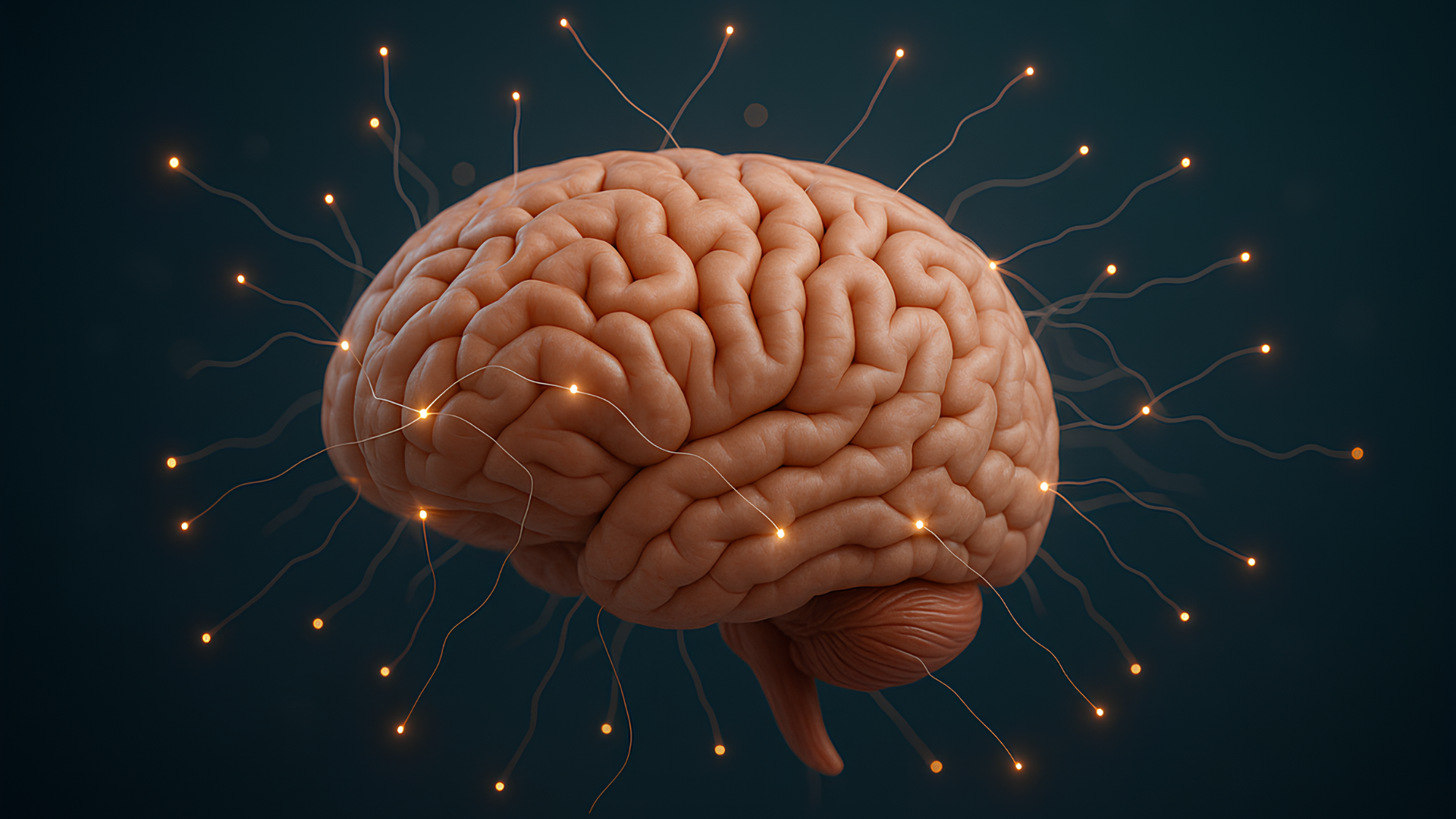The human brain possesses a remarkable ability to remember information, which is essential for daily functioning. Memory formation involves a complex process where experiences are encoded, stored, and retrieved, showcasing the brain’s efficiency in processing vast amounts of data. Understanding how memories are formed and recalled can provide insights into enhancing memory retention and cognitive performance.
Neuroscientific research has identified different types of memory, such as short-term and long-term memory, each playing a unique role in how individuals remember facts, experiences, and skills. The interplay of various brain regions, including the hippocampus and prefrontal cortex, is crucial in facilitating these memory processes.
Through techniques like repetition and association, individuals can improve their ability to remember, illustrating the brain’s adaptability. Exploring the mechanisms behind memory can reveal practical strategies to ensure that important information is retained effectively throughout life.
The Memory Process
Memory involves complex interactions among neurons that facilitate the encoding, storage, and retrieval of information. Each step plays a crucial role in how individuals experience and remember events.
Encoding Information
Encoding is the first step in the memory process, where information is converted into a form that can be stored. This involves the transformation of sensory input into neural codes facilitated by neurons.
There are several types of encoding:
- Visual Encoding: The processing of images.
- Acoustic Encoding: The processing of sounds, particularly verbal information.
- Semantic Encoding: The processing of meaning and context.
Effective encoding often relies on attention and the use of meaningful associations. When information is connected to existing knowledge, it becomes easier to remember.
Storage of Memories
After encoding, memories are stored in either short-term or long-term memory. Short-term memory holds information temporarily for immediate use, typically lasting from seconds to a few minutes.
Key characteristics include:
- Limited capacity: Usually holds 5-9 items.
- Duration: Information must be rehearsed to extend retention.
Long-term memory, on the other hand, has a vast capacity and can retain information for extended periods, even a lifetime. This storage is influenced by emotional experiences, which enhance the likelihood of retention through stronger neural connections.
Retrieval and Recall
Retrieval is the process of accessing stored memories when needed. Recall can be influenced by various factors such as cues and context.
- Free Recall: Retrieving information without cues.
- Cued Recall: Retrieving information with specific prompts.
Effective retrieval often relies on the ability to reconstruct connections between neurons. Context plays a significant role; memories may be easier to retrieve when in similar settings to when they were encoded.
The Role of Brain Structures in Memory
Different brain structures play vital roles in the formation, storage, and retrieval of memories. Understanding these structures helps clarify how memories are processed and recalled.
Hippocampus and Long-Term Memory
The hippocampus is crucial for the formation of long-term memories. This structure is located in the medial temporal lobe and is involved in converting short-term memories into long-term ones.
Damage to the hippocampus can result in significant memory deficits. Individuals may find it difficult to form new memories while retaining their past knowledge.
Research demonstrates that the hippocampus engages during the consolidation process. This is the period when experiences are stabilised and integrated into existing memory networks.
Amygdala and Emotional Memories
The amygdala, also located in the temporal lobe, is key in processing emotional memories. It is particularly active when an individual experiences strong emotions, such as fear or joy.
The amygdala enhances memory retention for emotionally charged events. This can result in vivid recollections of experiences tied to strong emotions.
When the amygdala is activated, it releases neurotransmitters that strengthen the memory of the event. This biological response underscores the connection between emotions and the ability to recall impactful experiences.
Memory Disorders and Diseases
Memory disorders can significantly impact daily life and overall cognitive function. Alzheimer’s disease is one of the most prevalent causes of memory loss, while ageing naturally alters memory capabilities.
Understanding Alzheimer’s Disease
Alzheimer’s disease is a progressive neurological disorder that leads to memory loss and cognitive decline. It affects approximately 6 million Americans, primarily those over 65.
The condition is characterised by the accumulation of amyloid plaques and tau tangles in the brain, disrupting neuron communication. As neurons die, the brain shrinks, particularly in areas responsible for memory, such as the hippocampus.
Symptoms include difficulty remembering recent events, confusion, and changes in behaviour. Early detection and treatment can slow disease progression, emphasising the importance of awareness and medical consultations.
Effects of Ageing on Memory
Ageing impacts memory in several ways, leading to both structural and functional changes in the brain. As individuals age, they may experience mild forgetfulness or slower information processing.
Changes in the hippocampus and prefrontal cortex often lead to difficulties in forming new memories. Some older adults may retain knowledge and skills from their youth but struggle to recall recent events.
Maintaining mental activity, social interactions, and a healthy lifestyle can mitigate some memory decline. Cognitive training and engaging in stimulating activities play a crucial role in preserving memory function throughout the ageing process.
Improving Memory and Recall
Enhancing memory and recall involves specific cognitive practices and lifestyle choices. Both approaches can lead to better retention and retrieval of information.
Cognitive Exercises
Cognitive exercises stimulate the brain and improve various memory functions. Engaging in activities like puzzles, crosswords, or Sudoku enhances problem-solving skills and fosters neural connections.
Memory games that challenge recall, such as matching cards or sequences, can also be particularly beneficial. Regular practice of these exercises can encourage the brain to form new pathways, aiding in retention of information.
Other methods include mnemonics, which help in remembering lists or complex concepts by associating them with familiar images or phrases. Techniques like visualization and chunking information into smaller parts can improve recall significantly.
Lifestyle and Memory Enhancement
Lifestyle choices play a crucial role in memory function. Consuming a balanced diet rich in antioxidants, omega-3 fatty acids, and vitamins supports cognitive health. Foods like blueberries, fish, and leafy greens are particularly advantageous.
Regular physical activity promotes blood flow to the brain, enhancing cognitive function and memory. Activities such as walking, swimming, or yoga can reduce stress and improve memory.
Maintaining social connections is also vital. Engaging in conversations and participating in community activities can reinforce cognitive skills, encouraging mental agility and improving recall capabilities. Creating a structured daily routine may enhance focus, which is essential for forming lasting memories.




